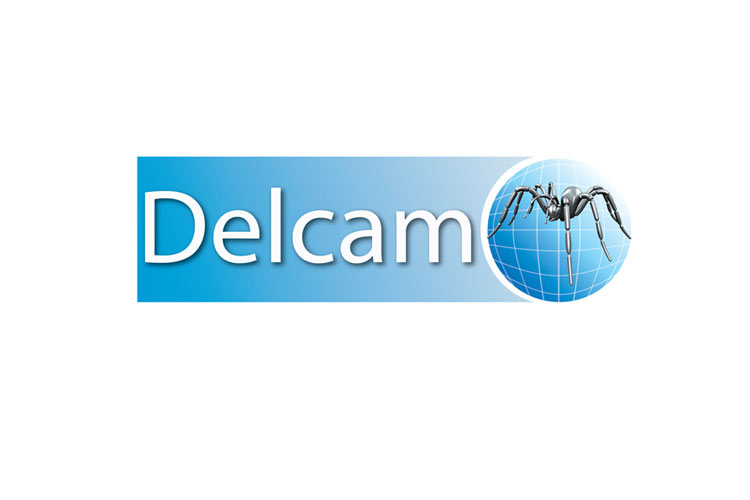Delcam has added a series of enhancements to its PowerSHAPE Pro software for modelling and reverse engineering that will help users to complete complex designs more quickly and more easily. In addition, a combination of new, more efficient, code and the extension of multi-threaded calculations to many commonly-used tasks will make the software significantly faster than any previous version.
By offering a combination of solid, surface and direct modelling, together with reverse engineering, PowerSHAPE Pro provides the most comprehensive range of design techniques available in a single CAD program. Having all the different technologies in the same package reduces the need to transfer data between multiple programs and so streamlines any modelling-for-manufacture projects that require both reverse-engineering and CAD functionality.
The first enhancement in the 2016 release allows groups of features to be copied between two solids in a single operation. While the features do not need to be of the same type, the most common application is expected to be in copying patterns of holes with a single click from one solid to another, for example from one mould plate to any other plate in the mould stack.
Another new option to save modelling time is the ability to edit the axis direction of any number of surface or solid primitives simultaneously. Similarly, the axis direction of a group of primitives that are not aligned can be brought into alignment in one operation. PowerSHAPE Pro already had the ability to edit simultaneously the dimensions of groups of primitives.
For customers using PowerSHAPE Pro to capture data for reverse engineering, the software can connect directly to most scanning hardware to capture and display scan data in real time. In the 2016 release, it has been made easier to switch between measuring modes when using devices that offer data collection by both laser scanning and point probing.
Reverse engineering has been made easier for prismatic parts, with the new ability to identify planes, cylinders, cones and other primitives, or to create wireframe arcs and lines, directly from probed points. This approach can often be more accurate than using scan data to create prismatic areas of a model.
The ability to replace regions of complex, free-form geometry with a single, shrink-wrap surface was introduced in PowerSHAPE Pro 2014 R2. In the new release, it has been made easier to re-orient such surfaces interactively and so place them in the most appropriate surface alignment.
In addition to these new options, a wide range of speed improvements has been made to the core modelling functions. Specific items affected include opening and displaying models in both wireframe and shaded views, displaying any single layer that had previously been drawn, projecting curves onto multiple surfaces, replaying complex solid history trees, selecting solid features, either graphically or using the history tree, and selecting multiple faces of a solid.
The degree of improvement varies according to the size and complexity of the model but can be as much as 40% faster with larger models.


